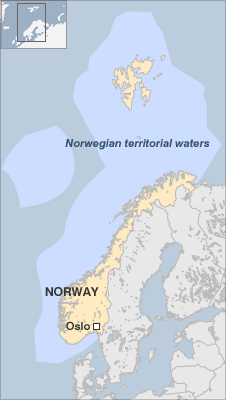Z
Zipi
Guest

Launch time: 03:53 GMT on 12th (11:53 pm EDT on 11th)
Launch site: Satish Dhawan Space Center, Sriharikota, India
India's Polar Satellite Launch Vehicle (PSLV) will launch the Cartosat 2B remote sensing satellite and multiple secondary payloads. Delayed from May 5. Delayed from May 9 by second stage pressure issue.
Cartosat-2B Wikipedia Article: http://en.wikipedia.org/wiki/Cartosat-2B
ISRO's Cartosat-2A Page: http://www.isro.org/satellites/cartosat2A.aspx

PSLV Launch Vehicle
ISRO's PSLV Page: http://www.isro.org/Launchvehicles/PSLV/pslv.aspx
PSLV Wikipedia Article: http://en.wikipedia.org/wiki/Polar_Sate ... ch_Vehicle
Astronautix PSLV Page: http://www.astronautix.com/lvs/pslv.htm


First Stage
One S-138 solid rocket motor burning HTPB
Astronautix PSLV-1 Page: http://www.astronautix.com/engines/pslv1.htm
Boosters
PSLV-CA means "core alone" version and all six strap on boosters are missing from this configuration. There still are two small roll control modules and two first stage motor control injection tanks present.
Second Stage
One L-40 Vikas engine burning N2O4/UDMH[7url]
Vikas Wikipedia Article: [url=http://en.wikipedia.org/wiki/Vikas_engine]http://en.wikipedia.org/wiki/Vikas_engine
Vikas Astronautix Page: http://www.astronautix.com/engines/viking.htm


Third Stage
One S-7 solid rocket motor
PSLV-3 Astronautix Page: http://www.astronautix.com/engines/pslv3.htm

Third and fourth stages attached together at this image
Fourth Stage
Two liquid rocket engines burning N2O4/MMH[7url]
PSLV-4 Astronautix Page: [url=http://www.astronautix.com/engines/pslv4.htm]http://www.astronautix.com/engines/pslv4.htm

Sriharikota - Launch Site
Sriharikota in Wikipedia: http://en.wikipedia.org/wiki/Sriharikota
ISRO's Satish Dhawan Space centre Page: http://www.isro.org/isrocentres/sdsc.aspx
Google Maps Link: http://maps.google.com/maps?f=q&source= ... 5&t=h&z=15





